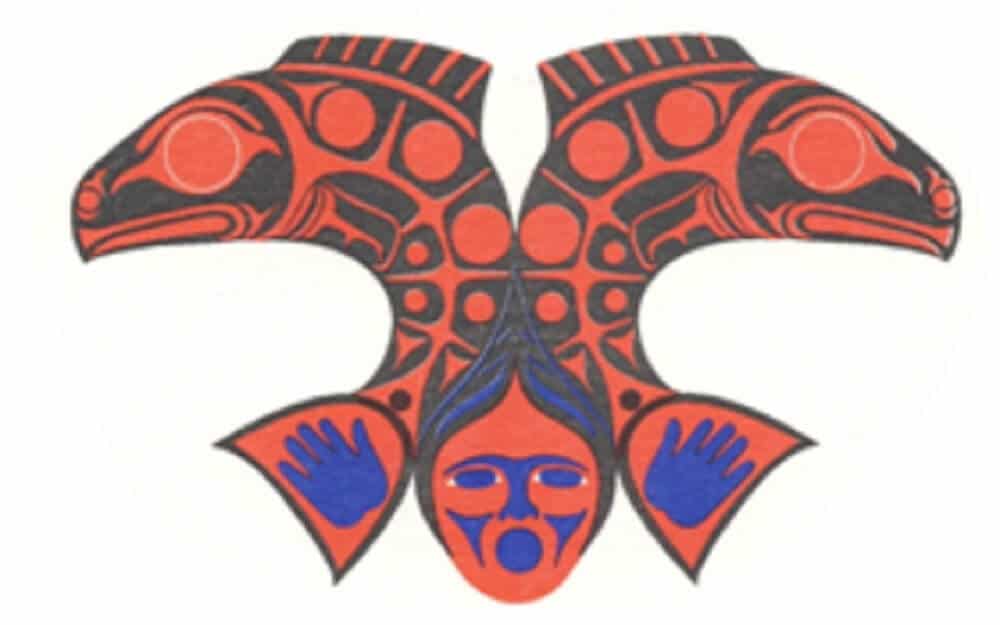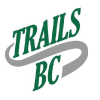
Logo: Designed by Tsawwassen First Nation artist Karl Morgan in 1991, this logo is for the purpose of this document only and not intended for use in the project. It is lent to the working group led by Carol Vignale/Co-chair of the Que Quel Event 1991.
The logo symbolizes two communities talking together out of one mouth or a single voice having found a common purpose – a meeting to talk to get to know one another and then move forward; the two fish, one side representing the Indigenous people(s) and the other the non-indigenous people(s) are joined by a single mouth by first meeting and then exchanging.
Que Quel is a Halkomelem (Coast Salish Language) expression that symbolizes what is intended in this project; that is, connecting first nation communities while embracing their neighbours. The logo was used for an assembly between the Tsawwassen First Nation and its neighbouring communities with a view of establishing better communication and relations between these communities. The Que Quel event of May 1991 was initiated and led by the Tsawwassen & Musqueam Elders. It brought together local dignitaries and residents from both TFN and Delta in Metro Vancouver; a necessary step for reconciliation. Informal interaction on a trail could have a similar effect.
The Que Quel was initiated by Carol Vignale of Delta as a response to Oka Crisis of July 1990. Carol went to TFN Chief Tony Jacobs to ask how Indigenous and non indigenous neighbours could get know each other to prevent Oka type of confrontation. Quote from Tsawwassen First Nation (TFN) Chief Tony Jacobs, following the Que Quel event as reported in South Delta Today, May 19, 1991.
“More than 400 people crowded into Tsawwassen’s Benediction Lutheran Church Wednesday night to listen to a presentation from six members of the Tsawwassen Indian band…..(Chief Jacobs) spoke of creating a new partnership with Canadian society, one without barriers.”
The name Canada originated around 1535 from the Saint-Lawrence Iroquoian word Kanata meaning “village”, “settlement”, or “land”; another contemporary translation was “cluster of dwellings”. Saint-Lawrence Iroquoian, which was spoken by the inhabitants of Stadacona and the neighbouring region near present-day Quebec City in the 16th century – Taken from Wikipidia which in turn is supported by a number of other references.
“The Iroquoi may have been referring to their own village” – Shane Pointe, Musqueam FN. The proposed project emphasises the central importance of the village for First Nations by highlighting this aspect of their values.

